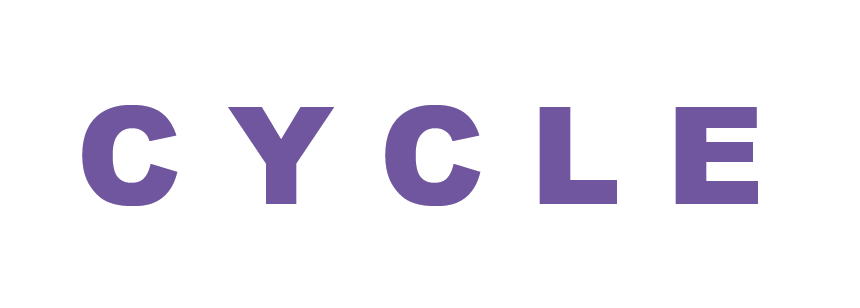Almennt Rými | Public Space
Fánar fyrir utan Gerðarsafn og í almenningsrýmum um allan Kópavog sem og í Reykjavík.
Flags situated outside of Gerðarsafn Kópavogur Art Museum as well as in public spaces in Kópavogur and Reykjavík.
Unnar örn
Í verkum sínum rekur Unnar Örn ýmis brot nýlegrar sögu og setur þau í þjóðfélagslegt samhengi, þar sem hann blandar þeim oft saman við persónulegt samsafn sjónarhorna á stjórnmál nútímans og menningu. Frásögn hans tekur viðmið af rannsóknum sem hafa leitt hann til að skoða grunnramma og framgang söguviðmiða á fjármálafyrirtæki, gagnasöfn á Íslandi og nokkur evrópsk söfn. Rannsókn hans á vald sagnfræðinnar og stigveldi stofnana, hefur leitt hann til að einblína á symbólisma og á stundum líkamlegar takmarkanir sýningarýmisins, á sama tíma og skoðun fer fram á þjóðlegum goðsögnum og frásagnargerð sagnfræðinnar.
Daufur Skuggi, 2015, textíl
Þjóðfánar vekja upp karllægar ímyndir – svæði, sigra, landamæri og hernað. Þegar þeir eru gerðir hvítir þá snýst merking þeirra við – styrkleiki umbreytist í uppgjöf en líka boð um samningaumleitanir. Liggur huganlega mesti styrkurinn í varnarleysinu? Flöggin eru saumuð samkvæmt reglugerðum um samsetningu íslenska fánans, form hins tvöfalda kross í textíl, en listamaðurinn sleppir bláa og rauða litnum í sinni útgáfu. Hvíti liturinn verður eftir og er tákn fyrir hið mikilfenglega í upprunalega fánanum – ís sem nú bráðnar.
Sköpun verksins var einkennandi fyrir samhengi sýningar á fæðingarstað íslensku þjóðhetjunnar Jóns Sigurðssonar. Á þessu arfleifðarsvæði og á þjóðhátíðardeginum reisti listamaðurinn fána uppgjafar við hún. Þar sem hann var reistur á diplómatísku svæði í Berlín og í samhengi við 100 ára fullveldishátíð Íslands, þá stendur verkið aftur fyrir afstöðu efasemdar um hroka þjóða.
Hluturinn varpar skugga – vörpun hans er skinlaus, flæðir yfir og flöktar í óumdeildri en þó stöðugri tilveru.
Unnar örn
In his practice Unnar Örn traces fragments from recent history and stages them within sociopolitical context, often combining them with personal collections of artifacts from present-day politics and culture. His narrative based research has led him to investigate the principal framework and procedures involved in history construction of financial institutions, local archives in Iceland, and collections of European museums. A preoccupation with the power of historiographies and institutional hierarchies has led him to push and pull at the symbolic and sometimes physical boundaries of the exhibition site, at the same time exploring national myths and the constructions of historical narratives.
Opaque Shadow, 2015, textile
National flags invoke the masculine - territory, conquest, borders and the military. Turned white, the meaning is inverted – strength becomes surrender but also an invitation to negotiation. Perhaps the greatest strength lies in vulnerability? Sewn according to regulations about the composition of the Icelandic flag, a double-cross textile composition, the artist has omitted the blue and red from this version of it. The white that remains represents the magnificence in the original flag – of ice that now is melting away.
The creation of the piece was specific to the context of an exhibition at the birthplace of Jón Sigurðsson, the Icelandic national hero. At this heritage site and on the day of national commemoration – the artist raised a flag of surrender. Raised here in Berlin, in a diplomatic space and the context of the commemoration of the Icelandic sovereignty centenary, the piece again presents a sceptic stance to the hubris of nations.
The object casts a shadow – its projection is opaque, flows over and flickers in its undeniable, yet unstable existence.

